environmentally friendly polyurethane hardeners are developed to meet the growing needs for environmental protection. this type of hardener can not only effectively improve the hardness and wear resistance of polyurethane materials, but also has the characteristics of low voc (volatile organic compound) content, non-toxic, and harmless. the following is a detailed introduction to the ingredients of environmentally friendly polyurethane hardener.
environmentally friendly polyurethane hardener ingredients
as environmental awareness continues to increase, all walks of life are seeking more environmentally friendly alternatives. in the polyurethane industry, the development and application of environmentally friendly hardeners has become an important trend. environmentally friendly polyurethane hardeners not only improve product performance but also reduce environmental impact.
1. ingredient introduction
environmentally friendly polyurethane hardeners usually contain the following main ingredients:
- isocyanates: isocyanates used in environmentally friendly hardeners are usually low-voc types, such as low-odor hdi (hexamethylene diisocyanate) trimer or isophorone diisocyanate (ipdi) etc.
- polyols: the polyols used in environmentally friendly polyurethane hardeners are usually polyols prepared from bio-based or renewable resources, such as castor oil polyols, soybean oil polyols, etc.
- catalyst: environmentally friendly catalysts, such as low-odor organotin catalysts or amine catalysts, can promote the cross-linking reaction between isocyanates and polyols.
- additives: including antioxidants, light stabilizers, etc., used to improve the aging resistance and weather resistance of the product.
- fillers: such as nano-silica, etc., used to improve the hardness and wear resistance of the material.
2. basis for ingredient selection
- low voc: choosing low voc ingredients can reduce the emission of harmful substances and reduce potential risks to human health.
- bio-based raw materials: polyols produced from renewable resources can reduce dependence on petroleum resources and reduce carbon footprint.
- compatibility: all ingredients need to have good compatibility to ensure that the hardener and polyurethane base material can be evenly dispersed to form a stable system.
- reactivity: the ingredients should be reactive enough to cross-link with the polyurethane base to form a dense network structure.
3. examples of specific ingredients
the following is an example of the specific ingredients of an environmentally friendly polyurethane hardener:
- isocyanate: hdi trimer, 100 parts
- polyol: castor oil modified polyether polyol (hydroxyl value approximately 56 mg koh/g), 50 parts
- catalyst: low-odor organotin catalyst, 0.5 parts
- antioxidant: antioxidant 1010, 0.5 part
- light stabilizer: uv absorber uv-p, 1 part
- filler: nanosilica, 5 parts
4. functions and effects of ingredients
- isocyanate: reacts with polyols to form a polyurethane network, improving the hardness and wear resistance of the material.
- polyol: reacts with isocyanate to form polyurethane segments, which affects the performance of the product.
- catalyst: accelerates the reaction process and ensures rapid curing.
- antioxidants: prevent material aging and extend service life.
- light stabilizer: improve the light resistance of the material and reduce degradation caused by ultraviolet radiation.
- fillers: increase hardness and wear resistance while improving the material’s heat resistance and dimensional stability.
5. application cases
- architectural coatings: environmentally friendly polyurethane hardeners are used in architectural coatings to improve the hardness and weather resistance of the coating and extend the maintenance cycle of the building.
- furniture surface treatment: adding environmentally friendly hardeners to the surface coating of furniture can improve surface hardness and reduce scratches during daily use.
- sports venues: environmentally friendly polyurethane hardeners are used in the construction of sports venues such as runways, which can improve the wear resistance of the venue and extend its service life.
6. notes
- storage conditions: environmentally friendly polyurethane hardener should be stored in a cool, dry place away from direct sunlight.
- mixing ratios: mix hardener with other ingredients in recommended ratios to ensure performance.
- safe use: although environmentally friendly hardeners reduce the use of harmful substances, you still need to take appropriate safety measures during use, such as wearing protective gloves and glasses.
7. conclusion
environmentally friendly polyurethane hardeners not only improve the performance of polyurethane materials but also reduce their impact on the environment by using low-voc, bio-based and other environmentally friendly ingredients. with the advancement of technology and the tightening of environmental regulations, environmentally friendly polyurethane hardeners will be widely used in more fields in the future.
please note that the above provides a general introduction. when using it specifically, it is recommended to refer to the relevant product manuals or consult professional technical personnel for more detailed technical support and suggestions.
extended reading:
t120 1185-81-5 di(dodecylthio) dibutyltin – amine catalysts (newtopchem.com)
dabco 1027/foaming retarder – amine catalysts (newtopchem.com)
dbu – amine catalysts (newtopchem.com)
bismuth neodecanoate – morpholine
amine catalyst dabco 8154 – bdmaee
2-ethylhexanoic-acid-potassium-cas-3164-85-0-dabco-k-15.pdf (bdmaee.net)





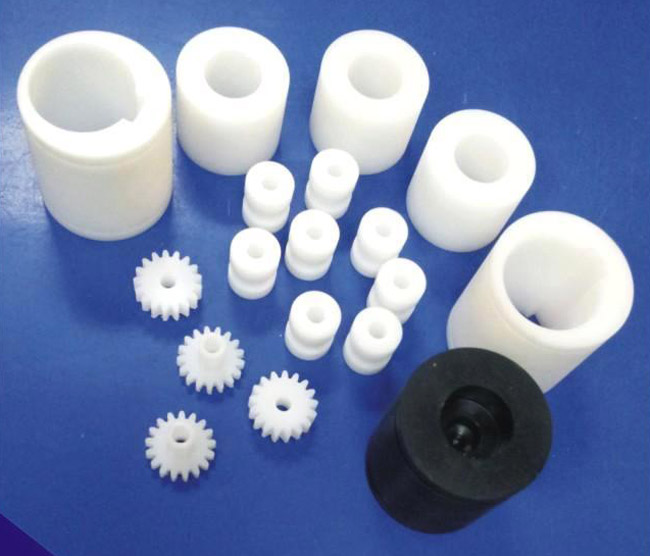


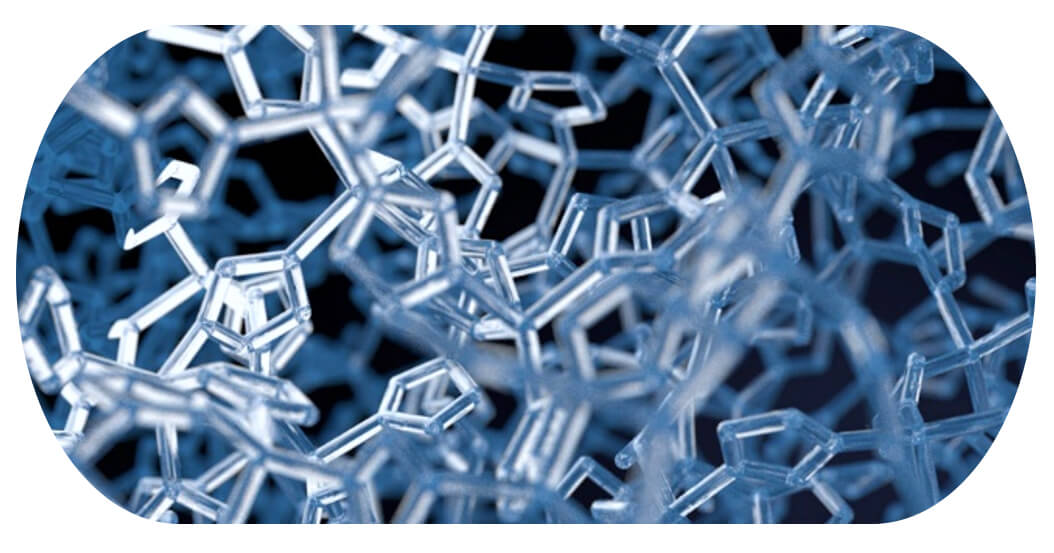
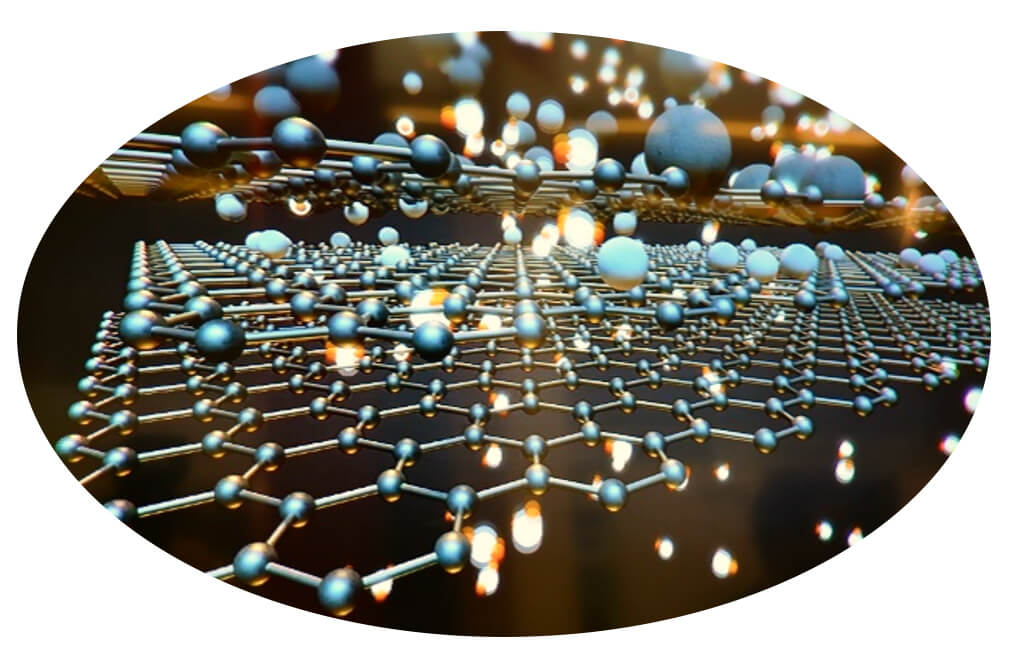


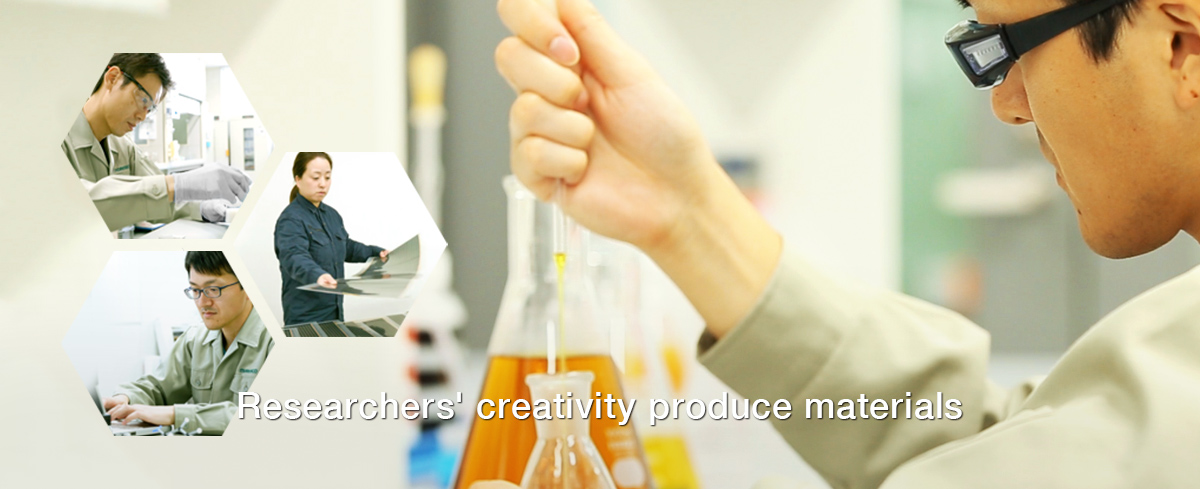





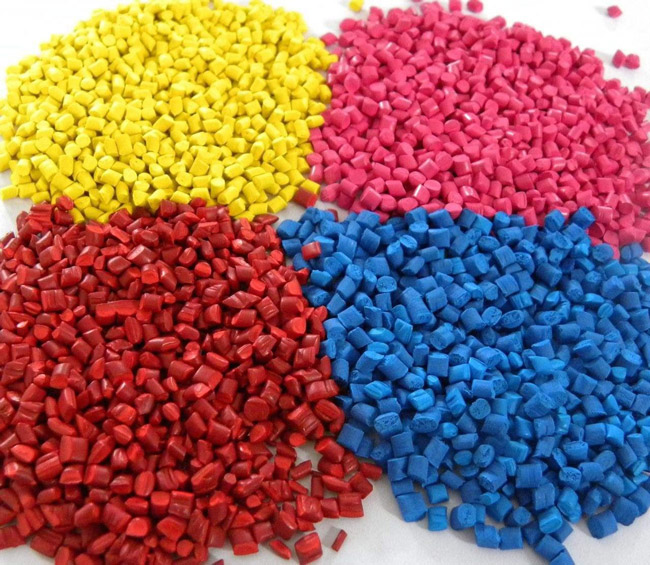

Comments